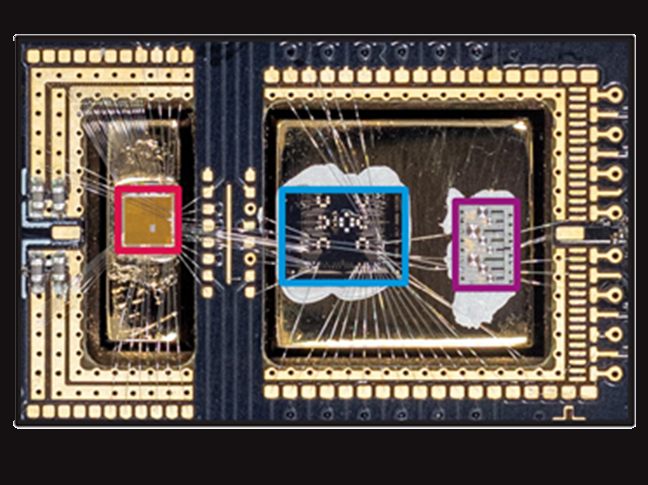Quantum computing breakthrough uses cryogenics to scale machines to ‘thousands of times’ their current size
Gooseberry chip overcomes previous physical limits of next-generation computers

Computer scientists have achieved a quantum computing breakthrough that makes it possible to massively scale up the ultra-powerful machines.
A team of researchers from Microsoft and the University of Sydney invented a chip, dubbed Gooseberry, that can support thousands of qubits – the building blocks of quantum computers – while operating at temperatures close to absolute zero.
Qubits replace the traditional bits found in current computer systems, which use ‘1’s’ and ‘0’s’ to store and transfer data. By acting in a state of superposition, qubits are able to act as both a ‘1’ and a ‘0’ at the same time, allowing quantum computers to achieve processing power that is exponentially more powerful than traditional computers.
“To realise the potential of quantum computing, machines will need to operate thousands, if not millions, of qubits,” said Professor David Reilly from the University of Sydney, who was chief investigator of the research.
“The world’s biggest quantum computers currently operate with just 50 or so qubits. This small scale is partly because of limits to the physical architecture that control the qubits. Our new chip puts an end to those limits.”
The research is published in the journal Nature Electronics.
Qubits need to be stored at temperatures that are 40 times colder than deep space in order to function, with current systems relying on cables connected to each individual qubit stored a these extreme temperatures.
The cryogenic Gooseberry chip disrupts this architectural approach by generating control signals for thousands of qubits in a single place, while requiring only two wires to communicate with the rest of the system.
“Current machines create a beautiful array of wires to control the signals; they look like an inverted gilded birds’ nest or chandelier,” Professor Reilly said.
“They’re pretty, but fundamentally impractical. It means we can’t scale the machines up to perform useful calculations. There is a real input-output bottleneck.
“Building a quantum computer is perhaps the most challenging engineering task of the 21st century… Through our partnership with Microsoft, we haven’t just suggested a theoretical architecture to overcome the input-output bottleneck, we’ve built it.”

Join our commenting forum
Join thought-provoking conversations, follow other Independent readers and see their replies
Comments